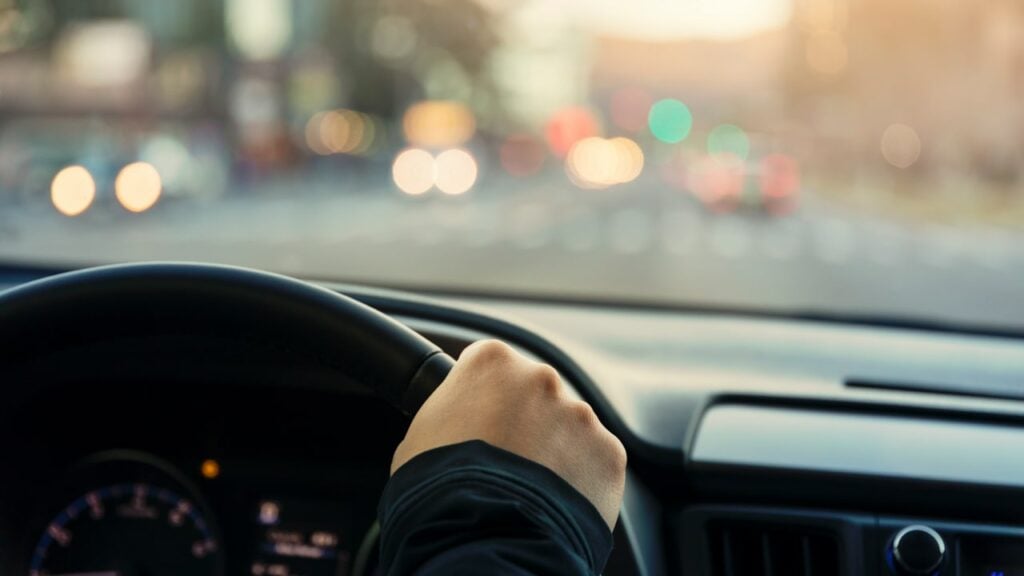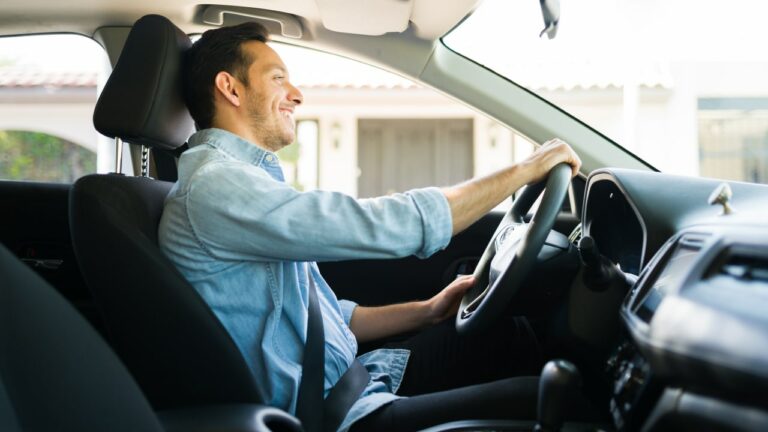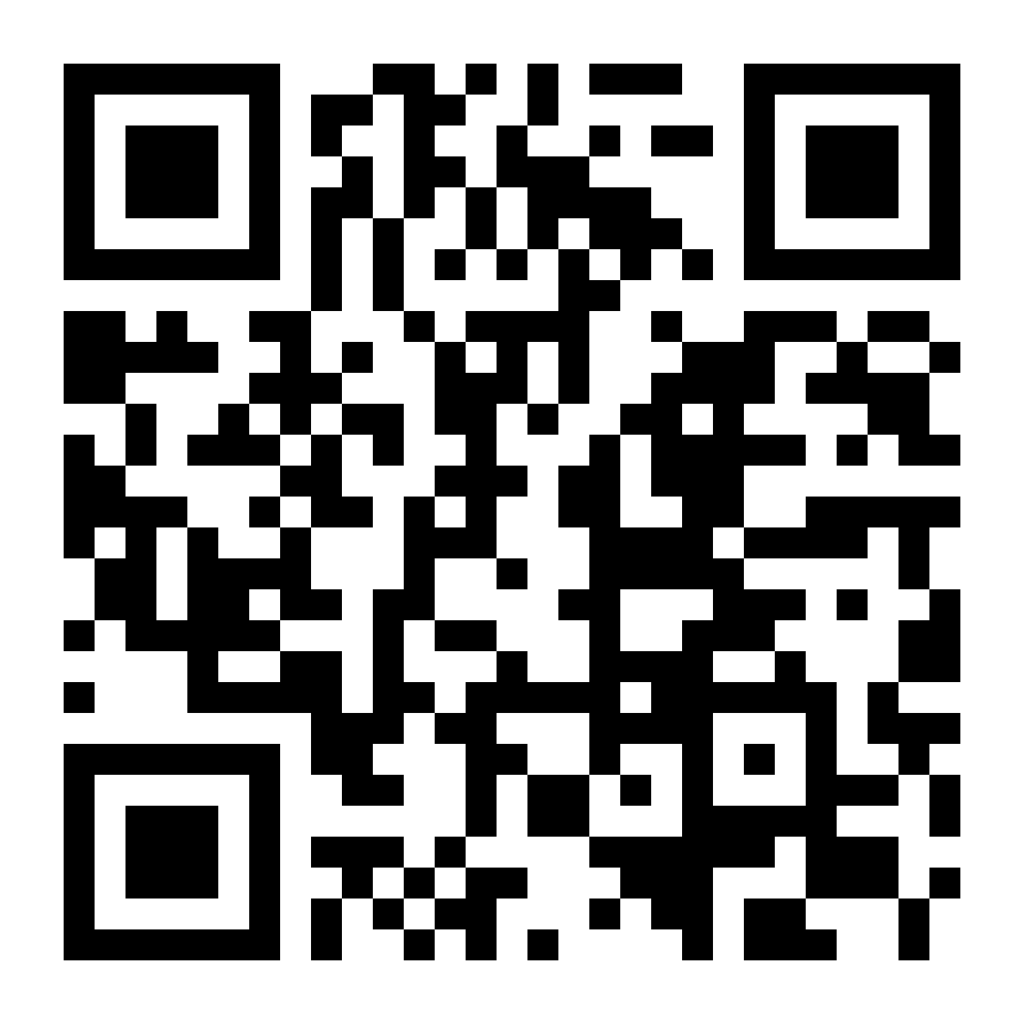If you drive for Uber, Lyft, Instacart, DoorDash, or another gig economy app that requires you to use your personal car for work, you can deduct some of your mileage on your taxes at the end of the year.
With that said, this isn’t something all delivery and rideshare drivers are aware of. Come tax season, many find themselves panicking when they realize how much they could’ve saved as deductibles, had they kept proper records.
Related: How To Calculate Your Mileage For Reimbursement
By now, you should be getting your information ready for your taxes. However, if you needed an extension because you forgot to track your mileage, this is the guide for you.
Forgot to Track Your Mileage: What the IRS Says
The IRS provides some information on what they need if you forgot to track your miles. They state that:
“If you don’t have complete records to prove an element of an expense, then you must prove the element with:
- Your own written or oral statement containing specific information about the element, and
- Other supporting evidence that is sufficient to establish the element.”
The second bullet point is your friend if you have not been keeping proper mileage records for the tax year. This simply means that the supporting evidence could be “documentary evidence”, in the case where direct evidence is not available.
This simply means that even though you may have incomplete mileage records, you are still allowed to provide an estimate, as long as you have the evidence to back it up. However, finding evidence is the difficult part. The following are some methods to help you make up for an incomplete mileage log.
Types of Supporting Evidence
When reconstructing your mileage log, several types of documentation can help support your claims.
Bank and credit card statements can help establish patterns of gas purchases and business-related expenses in specific locations. These records can support your estimated mileage between service areas.
Calendar entries and email confirmations of business appointments or meetings can verify business trips. These digital records provide timestamps and locations that help validate your reconstructed mileage.
Service records and maintenance receipts often include odometer readings, which can help establish total mileage for different periods throughout the year.
Forgot to Track Your Mileage: Trip-Related Mileage
Rideshare App Trip Logs
Rideshare companies typically have the records needed to estimate your business mileage, especially reputable companies like Uber and Lyft. If you’re getting data from a rideshare company app, the catch is that these platforms keep tabs on your trip mileage, but only for miles driven when there’s a passenger on board.
They will not include situations when you’re driving between trips or going to customers to pick them up. These trips are valid business miles, but you cannot get deductibles on them because there is no evidence.
Related: 10 Most Common Tax Deductions For Small Business
This on-trip log of your mileage may be valuable to you, but keep in mind that it is the minimum of your deductible mileage. You’re leaving money on the table since some of your actual deductible miles are not recorded.
If you’re using other apps like Instacart and DoorDash, you can usually find records in those apps as well.

Track your average business-driving activity and extrapolate
Another way to calculate an estimate of your deductible mileage is to use the normal distance that you cover in a week or a month as your estimate for the entire tax year. Again, you can’t deduct mileage you cannot prove, so make sure you have credible proof of the estimates you provide.
If this seems like the only option for you, then there are two things you should do. First, calculate the average mileage for a given month, then find ways to prove that you drove a similar number of miles in the other 11 months.
That proof could be in the form of your Uber/Lyft income and your trip logs. In case you remember certain months were busier or “slower”, exclude them and report it as such.
If you’re an Android user, you can also use Google Maps Timeline to find some of your lost mileage. Read our blog on mileage tracking with Google Maps for more information as well.
Forgot to Track Your Mileage: Non-Trip-Related Mileage
The two points illustrated above will give you a basic outline of your major business miles that are deductible. But what about miles you’re not capturing using these methods, such as the miles driven between trips or your commute to your passengers?
The following are a few methods that can help you establish those miles as deductibles.
Find the Lost Mileage Between Trips
Another way to calculate the total mileage between your trips is to calculate the lost mileage between when a trip ended with a passenger, and where the next trip began with another. You can use the “gap” to calculate the mileage you incur between trips, which are deductible business miles.
Find the Lost Mileage for Your Commute to and From Your First & Last Trip
Beginning with leaving and returning home, you’ll need to figure out the lost mileage for your commute. From picking up your first passenger to dropping off your last passenger and returning home for the day, you need to accurately determine the usual distance covered for both of these trips.
Related: Why Small Businesses Should Track Their Mileage
For instance, if you remember where you picked up your first passenger and where you dropped off your last passenger, you can use those two locations to figure out the commute to and from your first and last passengers, which are deductible miles, according to IRS.

Don’t Forget: You Will Need To Calculate Your Total Mileage
Calculating your total mileage is required when claiming your mileage deduction for the year. It can also help you check for the accuracy of your estimates.
Your total mileage includes business-related miles, commuting miles, and any form of personal miles. Primarily, the easiest way to calculate your total mileage is by using odometer readings.
If you forgot to take down those readings, you can often find them in, for example, old maintenance receipts. Once you calculate your total mileage, you can start to estimate what your total deductible mileage is by finding the number that is between your total miles, and your rideshare miles (given to you by rideshare companies).
Forgot to Track Your Mileage: Words of Caution
These techniques will surely prove useful when you try and track down your mileage for this year. But be warned that these techniques are not foolproof.
If you’re not accurately tracking your mileage and expenses, you can still be hit with an audit. In addition, you will not guarantee the maximum deductible for your business miles. No matter what, you will not be able to establish your complete business miles and hence lose out on substantial tax deductions.
The IRS views reconstructed logs with extra scrutiny during audits. While they accept reasonable reconstruction methods, you’ll need strong supporting evidence for your estimates. Always err on the conservative side when reconstructing mileage logs, as overestimating can raise red flags.
A better way to go about tax deductions is to be prepared and keep proper tabs on all your business miles no matter how tedious it may sound. This way you can ensure that you maximize your mileage deductions for the year.
Forgot to Track Your Mileage: Easy Solutions
It’s better to prevent a mistake rather than trying to pick up the pieces afterward. So, how do you avoid forgetting to keep your logs again?
The answer is simple – you should track your mileage! With that said, we all know how tedious keeping individual records can be. In addition, pen-and-paper mileage logs can be time-consuming and highly inaccurate.
Related: 6 Common IRS Tax Penalties For Small Businesses
Also, it’s important to store the record for at least the next five years, in case of future audits. The IRS is actually very easy on how you keep track of your mileage if your reports are timely. Keeping daily tabs or even weekly tabs can be difficult.
TripLog: The #1 Way to Never Lose a Deductible Mile
Luckily, technology comes to the rescue. Many automatic and reliable mileage tracker apps like TripLog allow rideshare drivers to easily keep tabs on trips.
TripLog has six different automatic mileage tracking options and integrates with accounting software like QuickBooks and Xero for easy tax filing. Logging in trips and maintaining tax-compliant reports makes your tax prep completely hassle-free!
Get started with TripLog for free by downloading the app on iOS or Android. You can also schedule a live web demo with one of our mileage experts! Thanks for reading.







